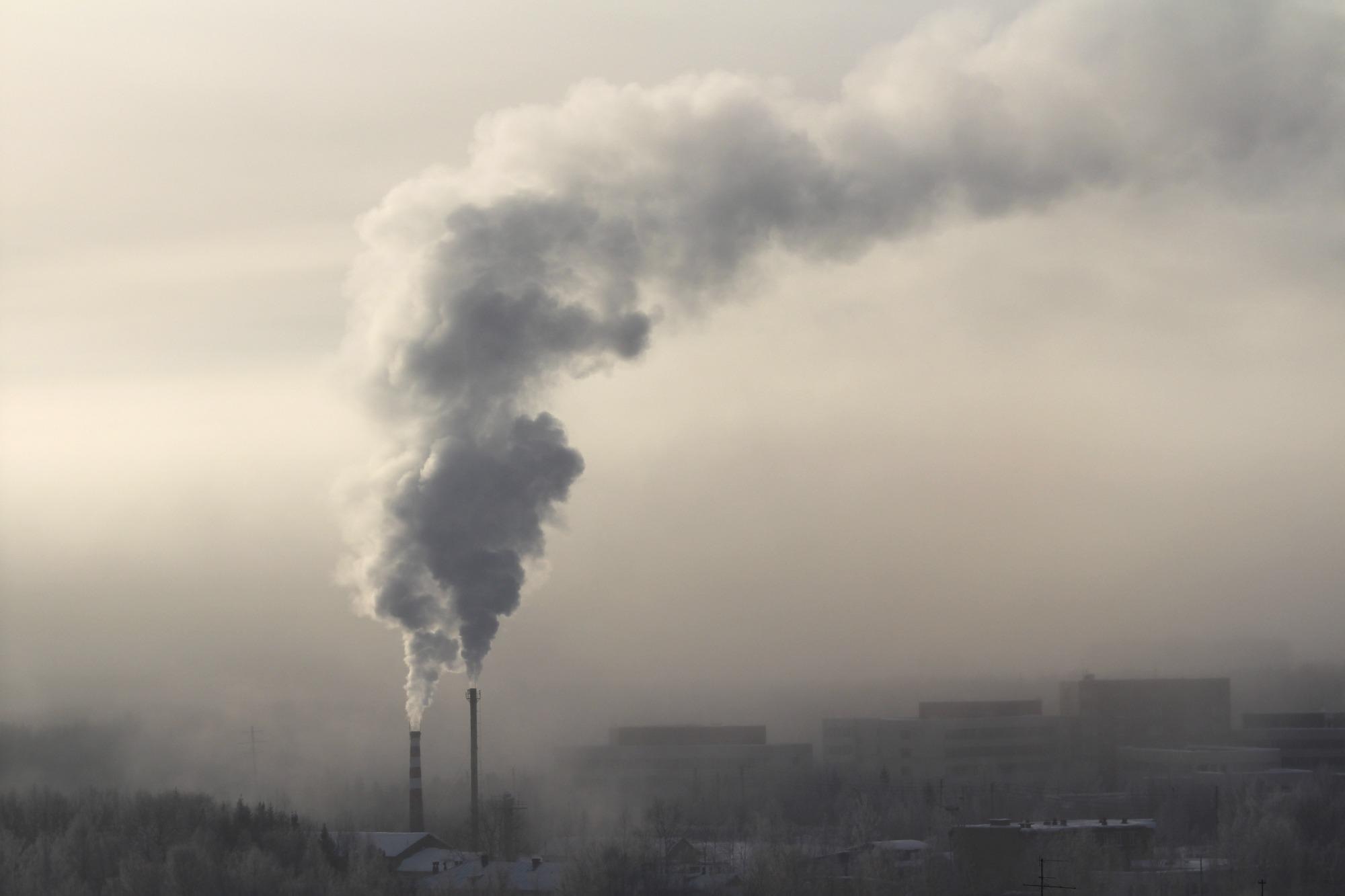Jun 21 2021
COVID-19 has altered the planet in unfathomable ways. Some results have even been encouraging, with novel vaccines being designed at record speed. Even the exceptional lockdowns, which made a major impact on commerce and travel, had a positive impact on the environment, and thus, ironically, on health.

Image Credit: Shutterstock.com/ stasokulov
Studies from throughout the world, including India, Europe and China, have revealed significant reductions in the level of air pollution. However, to fully comprehend the effect of anthropogenic factors, it is necessary to distinguish them from natural atmospheric events, such as wind movements.
To make this point, researchers from Japan’s Research Institute for Humanity and Nature performed a study using mathematical modeling and satellite data, to explain the major effect of lockdown on nitrogen oxides in Delhi, India — one of the most polluted cities in the world — and its surrounding territory.
The new study was conducted as part of the RIHN project called Aakash, under the activity “Mission DELHIS (Detection of Emission Change of Air Pollutants: Human Impact Studies).” The word Aakash means “Sky” in Hindi which originated from Sanskrit.
Nitrogen oxides are good chemical tracers for testing model hypothesis, because besides their health effects, they have a short lifetime. Therefore, it is unlikely wind will bring nitrogen oxides from far away.
Sachiko Hayashida, Study Lead and Professor, Research Institute for Humanity and Nature, Japan
Nitrogen oxides undergo change due to photochemical and dynamic conditions of the atmosphere, and they are emitted from the surface of the Earth by both anthropogenic and natural activities. As a result, looking just at their atmospheric concentration levels gives only a hazy picture of man-made contributions, argued Hayashida.
COVID-19 pandemic has given us an opportunity of social experiment, when we can discriminate the anthropogenic effects on nitrogen oxides from the natural ones caused by atmospheric conditions and natural emissions, because only anthropogenic emissions decreased due to the lockdown. These confounders affect policy to control air quality.
Sachiko Hayashida, Study Lead and Professor, Research Institute for Humanity and Nature, Japan
In 2020, Delhi was placed under strict lockdown for two months, from March until the end of May.
This time corresponds with the change in atmospheric conditions, like actinic flux, from low in the spring period to high in the early summertime, as well as from stagnant winds to high ventilation throughout the whole northern India area.
Using multi-year satellite data, the researchers examined inter-annual and seasonal variations to estimate what the levels would be if there had not been a lockdown. They used a steady-state continuity equation to predict top-down emissions. The results of the study clearly demonstrate that natural conditions could not describe the substantial reduction in nitrogen oxide levels in 2020. It is not even close.
Our calculations suggested that 72% of nitrogen oxide emissions in urban centres are the resulted solely from traffic and factories.
Sachiko Hayashida, Study Lead and Professor, Research Institute for Humanity and Nature, Japan
Surprisingly, rural levels rebounded faster after the lockdown when compared to urban levels, an effect ascribed to agricultural operations, like crop-residue burning, which continued almost instantly. Agricultural operations, unlike industries, continued but at a slower pace during the lockdown period, which has a less stringent impact on agriculture.
According to Hayashida, her team’s study should make an impact on how hazardous chemical species released into the atmosphere are investigated.
“Our findings show the importance of analyzing top-down emissions and not just atmospheric concentrations. We expect our approach to guide effective policy on air pollution,” concluded Hayashida.
Journal Reference:
Misra, P., et al. (2021) Nitrogen oxides concentration and emission change detection during COVID-19 restrictions in North India. Scientific Reports. doi.org/10.1038/s41598-021-87673-2.